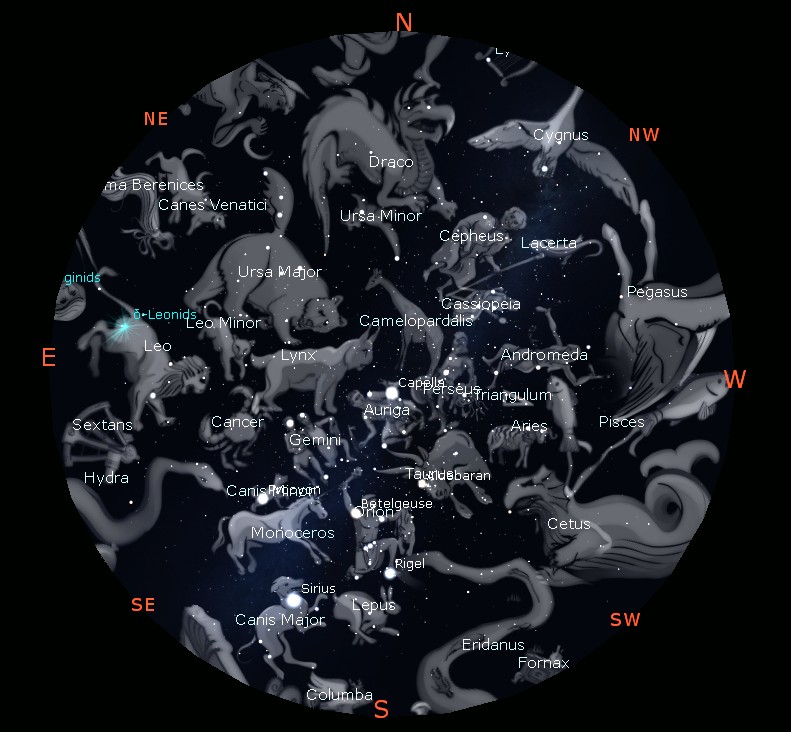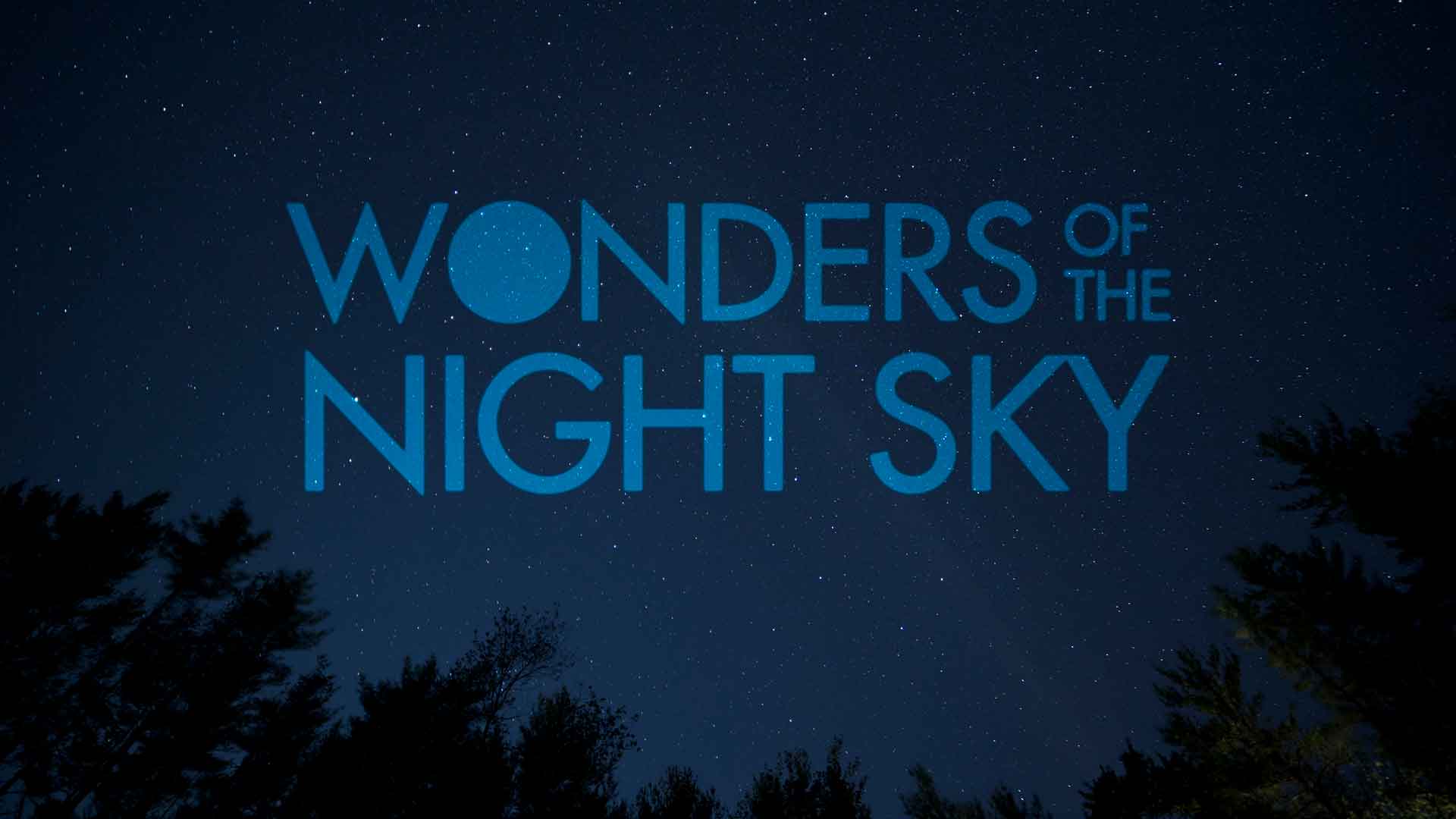Discover The Wonders Of The Night Sky: A Journey Through Constellations
Ever looked up at the night sky and wondered what those twinkling dots are all about? Well, let me tell ya, the night sky ain't just a bunch of random stars—it’s a map filled with stories, legends, and mysteries waiting to be uncovered. Constellations, those patterns in the sky, have been guiding humans for centuries. From ancient sailors to modern-day stargazers, the night sky holds secrets that’ll blow your mind. So, grab your telescope or just a comfy chair, and let’s dive into this cosmic journey!
You don’t need to be a rocket scientist—or even an astronaut—to appreciate the beauty of constellations. All you need is curiosity and a willingness to explore. The night sky is like a cosmic canvas painted with billions of stars, and each constellation tells its own unique story. Whether you’re a beginner or a seasoned stargazer, there’s always something new to discover.
Think of it this way: the night sky is like a treasure map, and those constellations are the X’s that mark the spot. Each one holds a piece of history, culture, and science that connects us to the universe in ways we can barely imagine. So, buckle up, because we’re about to embark on an epic journey through the wonders of the night sky!
Read also:What Is The Jamaican Slang For Friend Or Bro Exploring The Vibrant Language Of Jamaica
Why Discover the Night Sky?
Let’s get real for a sec. Why should you care about the night sky? Well, aside from the fact that it’s absolutely stunning, the night sky offers so much more than just pretty pictures. It’s a window into the past, a connection to the present, and a glimpse into the future. Here’s why you should make stargazing a priority:
- It connects you to the universe in a way nothing else can.
- It’s a stress-reliever—nothing like staring at stars to put life into perspective.
- It’s educational—you’ll learn about science, history, and even mythology.
- It’s free! All you need is a clear night and a willingness to look up.
Plus, who doesn’t love the idea of lying on a blanket under a starlit sky, feeling like you’re part of something bigger? The night sky is like nature’s therapy session, and it’s available to everyone.
Understanding Constellations
What Are Constellations, Anyway?
Constellations are basically groups of stars that form patterns in the sky. They’re like nature’s version of connect-the-dots. These patterns have been recognized and named by different cultures throughout history, and they serve as a way to navigate the stars. Think of them as landmarks in the night sky—each one has its own story and significance.
There are 88 official constellations recognized by the International Astronomical Union (IAU), and they cover the entire sky. Some are visible only in the northern hemisphere, others in the southern hemisphere, and a few can be seen from both. It’s like a cosmic scavenger hunt, and the best part is, you can participate!
The History Behind Constellations
Constellations aren’t just random patterns—they’re steeped in history and mythology. Ancient civilizations like the Greeks, Romans, and Egyptians used constellations to tell stories, track seasons, and even navigate the seas. For example, the constellation Orion, known as the hunter, is one of the most recognizable patterns in the sky and has been featured in myths across cultures.
Here’s a fun fact: the names of many constellations come from Greek and Roman mythology. So, when you’re looking at the constellation Andromeda, you’re actually gazing at the story of a princess chained to a rock. Pretty cool, right?
Read also:Chas Emmerdale Dies The Shocking Truth And What It Means For Fans
Top Constellations to Discover
Orion: The Hunter
Orion is one of the most famous constellations, and for good reason. It’s easy to spot, especially in the winter sky, and it’s packed with interesting features. The three stars in Orion’s Belt are some of the brightest in the sky, and the constellation itself contains the Orion Nebula, a stellar nursery where new stars are born.
Fun fact: Orion is visible from almost anywhere on Earth, making it a great starting point for beginner stargazers. So, next time you’re out at night, look for those three bright stars in a row—they’re Orion’s Belt!
Cassiopeia: The Queen
Cassiopeia is another easy-to-spot constellation, thanks to its distinctive W or M shape. This constellation represents the queen Cassiopeia from Greek mythology, who was punished for her vanity by being placed in the sky. The constellation contains several notable stars, including Gamma Cassiopeiae, a rapidly spinning star that’s losing mass.
Cassiopeia is best viewed in the fall and winter months, and it’s a great constellation for spotting meteor showers. So, if you’re looking for a show, this is the place to be!
How to Start Your Stargazing Adventure
Choosing the Right Equipment
You don’t need fancy equipment to start stargazing, but having the right tools can enhance your experience. Here’s what you’ll need:
- A good pair of binoculars—perfect for beginners and budget-friendly.
- A telescope—if you’re serious about stargazing, this is a great investment.
- A star map or app—there are tons of apps that can help you identify constellations.
- A comfortable chair or blanket—stargazing is a marathon, not a sprint!
Remember, the best equipment is the one you’ll actually use. Don’t go broke buying a telescope if you’re only going to use it once. Start small and work your way up as your interest grows.
Finding the Best Spot
Location, location, location! The best spots for stargazing are those with minimal light pollution. That means getting away from cities and finding a dark, open area. National parks, rural areas, and even your backyard (if it’s dark enough) can be great places to start.
Pro tip: check the moon phase before you go stargazing. A full moon can make it harder to see fainter stars, so aim for nights when the moon is new or in its crescent phase.
The Science Behind Constellations
How Do Constellations Form?
Constellations are formed by the random alignment of stars in our line of sight. It’s like looking at a 3D puzzle from a specific angle. The stars in a constellation might not actually be close to each other—they could be light-years apart—but from our perspective on Earth, they appear to form a pattern.
This illusion is what makes constellations so fascinating. It’s like nature’s version of optical art, and it’s been captivating humans for thousands of years.
What Can Constellations Teach Us?
Constellations are more than just pretty patterns—they’re a window into the universe. By studying them, scientists can learn about the movement of stars, the structure of the galaxy, and even the origins of the universe. For example, the Andromeda Galaxy, visible as a fuzzy patch in the constellation Andromeda, is one of our closest galactic neighbors.
Plus, constellations are a great way to introduce kids to science. They’re a tangible way to connect abstract concepts like astronomy and physics to real-world experiences.
The Cultural Significance of Constellations
Myths and Legends
Every culture has its own stories about the stars, and many of these stories are reflected in the names of constellations. For example, the constellation Ursa Major, known as the Great Bear, is featured in myths from Native American, Greek, and Chinese cultures. Each culture has its own interpretation of the bear’s significance, but they all agree that it’s a powerful and majestic creature.
These myths aren’t just entertaining—they’re a way for cultures to pass down knowledge, values, and traditions. By studying the myths behind constellations, we can gain a deeper understanding of the people who created them.
Constellations in Modern Culture
Constellations aren’t just for ancient civilizations—they’re still relevant today. They’ve inspired everything from literature to music to fashion. For example, the constellation Orion has been referenced in works by famous authors like Edgar Allan Poe and H.P. Lovecraft. Even modern pop culture, from movies to video games, often includes references to constellations.
So, whether you’re reading a book, watching a movie, or scrolling through social media, chances are you’ll come across a nod to the stars. It’s a reminder that, no matter how far we’ve come, we’re still connected to the night sky.
Tips for Beginner Stargazers
Start Simple
Don’t get overwhelmed by the sheer number of constellations out there. Start with the basics: Orion, Cassiopeia, and Ursa Major are great starting points. Once you’ve got those down, you can move on to more complex patterns.
Remember, stargazing is a skill that takes time to develop. Don’t get discouraged if you don’t see everything right away. The more you practice, the better you’ll get.
Be Patient
Stargazing isn’t a quick activity—it’s a slow, meditative process. Give yourself time to adjust to the darkness and let your eyes adjust. Bring a red flashlight if you need to read your star map, as it won’t disrupt your night vision.
And most importantly, have fun! The night sky is a source of wonder and inspiration, so take a deep breath and enjoy the journey.
Conclusion
Discovering the wonders of the night sky is more than just a hobby—it’s a connection to something greater than ourselves. From the ancient myths of Orion to the modern science of the Andromeda Galaxy, constellations offer a glimpse into the mysteries of the universe. Whether you’re a seasoned stargazer or just starting out, there’s always something new to learn and explore.
So, next time you’re out at night, take a moment to look up. You never know what you might discover. And remember, the night sky is for everyone—so share your journey with others. Leave a comment, share this article, or start a conversation with a fellow stargazer. Together, we can keep the magic of the night sky alive!
Table of Contents
- Why Discover the Night Sky?
- Understanding Constellations
- Top Constellations to Discover
- How to Start Your Stargazing Adventure
- The Science Behind Constellations
- The Cultural Significance of Constellations
- Tips for Beginner Stargazers


